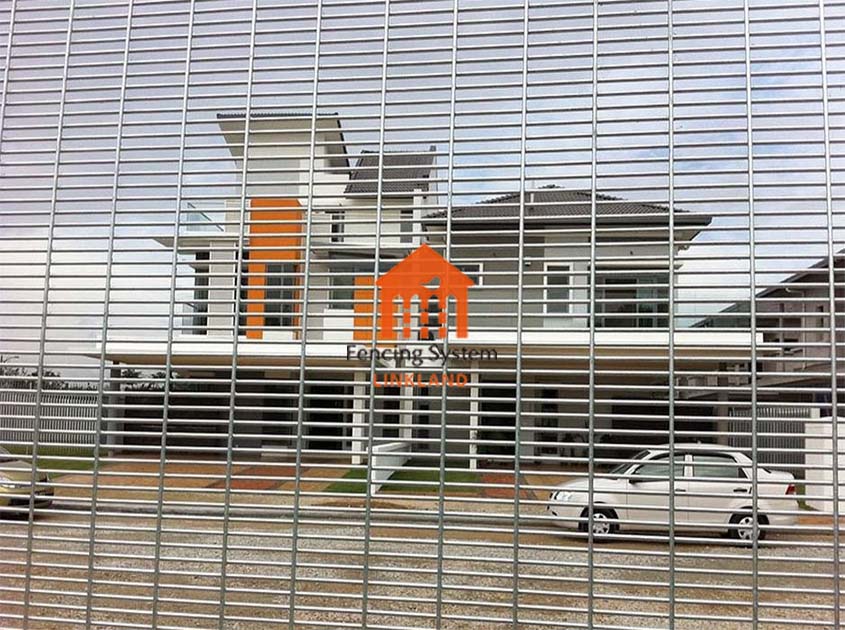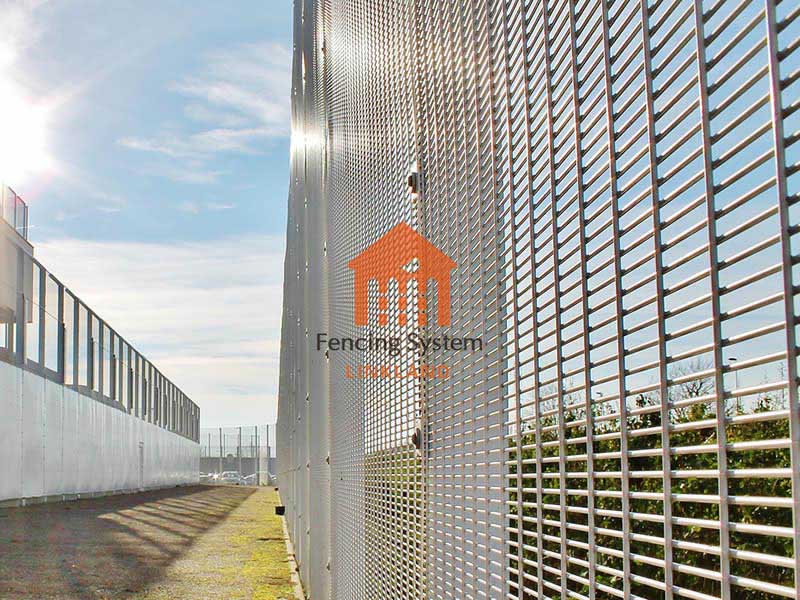Regular Inspections: Fence for prison should undergo regular security inspections, at least once a week. Inspections include the integrity of the fence, structural stability, locking devices, etc. At the same time, fences should be inspected regularly for rust, cracks, and other potential safety hazards. If any problems are discovered, immediate action should be taken to fix them.

Cleaning and Maintenance: Cleaning and maintenance are key to maintaining the long-term performance of your fence. Dirt, dust and rust should be regularly removed from the Fence for prison surface to avoid rust and other damage. In addition, locking devices and other mechanical parts should be lubricated regularly to maintain good working order.

Anti-corrosion maintenance: Since Fence for prison are mostly made of metal, anti-corrosion is an important part of maintenance. Methods such as spray painting, galvanizing or using anti-rust coatings can be used to prevent and delay rust. In addition, rusted parts should be regularly inspected and replaced to prevent further expansion of rust.
Emergency Repairs: In an emergency, such as after a storm, earthquake, or other natural disaster, the Fence for prison should be fully inspected immediately and any damage caused by weather or other factors repaired. In addition, if a jailbreak or other security incident occurs, the fence should be inspected in detail immediately to repair any possible security risks.
Pre:The Role of Incident Response in Fence for prison Security
Next:Enhancing Fence for prison Surveillance: Integration of Video Analytics

High-Security Airport Fence for Southeast Asia – Premium Supplier from China for B2B Projects




Why Airport Fence is Essential for Aviation Security: Features, Benefits, and Selection Guide


Beyond Boundaries: Surveillance Innovations at Fence For Prison

Effect of razor wire top on the effectiveness of fence for prison